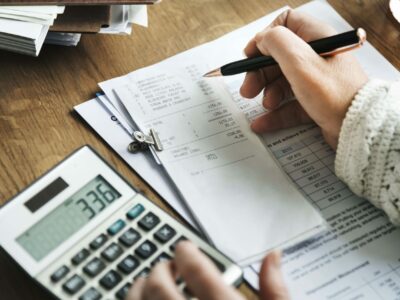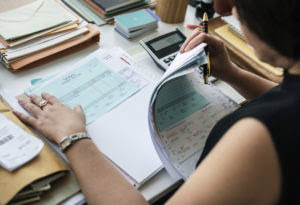
Examples of noncurrent assets include office furniture, long-term investments such as bonds and intangible assets. So take the time to review your assets, liabilities, and equity, get into the habit of reviewing both your balance sheet and P&L statement frequently. That way, you’ll have a handle on how your business is doing at any given moment. But as a business owner, the assets, liabilities, and equity equation is very important for understanding business finances.
Get Any Financial Question Answered
Financial strength ratios can provide investors with ideas of how financially stable the company is and whether it finances itself. As you can see, it starts with current assets, then the noncurrent, and the total of both. Like assets, liabilities can be classified as https://www.bookstime.com/ either current or noncurrent liabilities.
Why must Accounting Equation always Balance?
It is crucial to note that how a balance sheet is formatted assets = liabilities and equity formula differs depending on where the company or organization is based. Below is an example of a balance sheet of Tesla for 2021 taken from the U.S. Shareholders’ equity belongs to the shareholders, whether public or private owners. Current assets are typically those that a company expects to convert easily into cash within a year. Assets are anything the company owns that holds some quantifiable value, which means that they could be liquidated and turned into cash.
Balance Sheet FAQs
Non-current assets are all other assets not classified as a current asset. They include long term investments in marketable securities, property, and plant and equipment. Additionally costs which are immaterial may also be treated as expenses even though they might have a future benefit. For example, a box of pens has a future value, but the cost is immaterial. The time and effort needed to monitor the inventory of pens is such that it would be more efficient to record the cost as a stationery expense in the current accounting period.
To Ensure One Vote Per Person, Please Include the Following Info

Each type of account, such as inventory or investments, has its own line on the balance sheet. Not only can you glance at the final number to see where you stand, but you can see how that breaks down by section. That’s essential to make sure you’re running your business the best way possible. In this article, we will explore the components of the accounting equation, its importance in finance, and real-world examples that illustrate its significance.


This straightforward relationship between assets, liabilities, and equity is the foundation of the double-entry accounting system. That is, each entry made on the Debit side has a corresponding entry on the Credit side. A balance sheet is a financial statement that shows the relationship between assets, liabilities, and shareholders’ equity of a company at a specific point in time. Accountants use the language of debits and credits to describe the recording of transactions, but it is more important to understand how they impact assets, liabilities and equity. A business may take out a bank loan of 5m, cash will increase by 5m and liabilities will also increase by 5m.
- A balance sheet provides accurate information regarding an organization’s financial position at a specific point related to its reporting period.
- A brief review of Apple’s assets shows that their cash on hand decreased, yet their non-current assets increased.
- This equation matches the value of the assets the company has reported, so the books are balanced.
- Examples of liability include money owed to vendors from your accounts payable list along with debts to creditors, such as credit cards and bank loans.
- These are typically minor, like sales taxes or intercompany borrowings.
- The difference between the sale price and the cost of merchandise is the profit of the business that would increase the owner’s equity by $1,000 (6,000 – $5,000).
- For example, if a company buys a $1,000 piece of equipment on credit, that $1,000 is an increase in liabilities (the company must pay it back) but also an increase in assets.
Limitations of Accounting Equation
You can download our free excel workout to test your understanding of the accounting equation. A company can use its balance sheet to craft internal decisions, though the information presented is usually not as helpful as an income statement. A company may look at its balance sheet to measure risk, make sure it has enough cash on hand, and evaluate how it wants to raise more capital (through debt or equity). A bank statement is often used by parties outside of a company to gauge the company’s health.

The Balance Sheet Equation
Some examples of liabilities are accounts payable (monies owed to your vendors), business loans, and amounts owed to customers for gift certificates or prepaid services. Liability accounts are classified just like asset accounts—either short- or long-term. Although the balance sheet always https://www.instagram.com/bookstime_inc balances out, the accounting equation can’t tell investors how well a company is performing. All short-term liabilities are financial obligations due within a year or less. Some examples of short-term liability include credit card debt, insurance premiums payable, payroll taxes, or staff wages.

